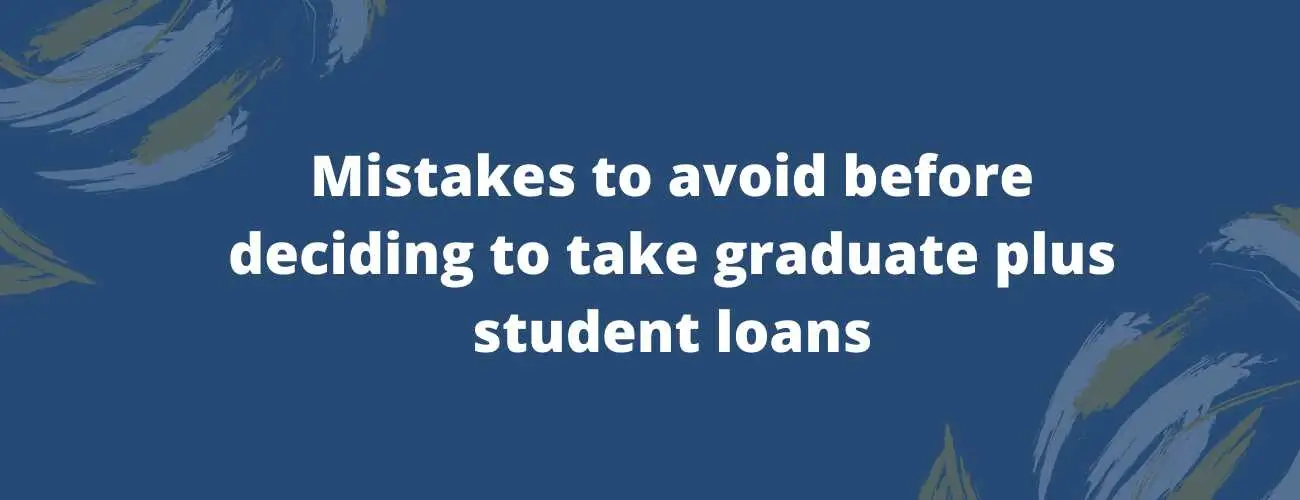Revised Pay as You Earn (REPAYE)
Revised Pay as You Earn (REPAYE) is an income-driven repayment plan for federal student loans. Learn all about its eligibility, process, repayment amount and more.
Updated by Jason Joy Manoj on 16th June 2020
Don’t qualify for any other income-driven plan? Don’t have grad school debt and most importantly are you single? Then REPAYE might be the right option for you. Read more to find out if this is the best plan to tackle your student loan burdens.
Table of Contents
- What is REPAYE?
- What makes REPAYE different from other repayment plans?
- How to enroll for REPAYE
- Conclusion
What is REPAYE?
The United States Department of Education offers Income-Driven Repayment Plans. REPAYE plan is similar to the Pay-As-You-Earn (PAYE) Plan and is just a revised version of it. Former President Barack Obama circulated an official notice asking the U.S Department of Education to revise the Pay as You Earn plan to include more borrowers. It arrived at a moment when student loan debt was rising.
The plan was revised in December 2015 as an initiative to accept five million more borrowers. It allows borrowers with any kind of Federal student loan to enlist in the new Revised Pay as You Earn Repayment Plan.
How does it work?
REPAYE is an income-driven repayment plan, but not only that. It also subsidizes student loan on interest. It is designed to help borrowers with a lower income.
There are only a few selected loans that qualify under this category which are Direct Subsidised and Unsubsidized Loans, and Direct Consolidated Loans excluding Parent PLUS loans.
Under REPAYE, the borrower’s monthly payment is 10% of the borrower's income subtracted by 150% of the poverty line and the family size. If the borrower is below the poverty line it minimizes the payment to $0.
The borrower is supposed to make payments for 20 years for undergraduate loans or 25 years for graduate or acknowledged school loans.
A borrower can ask for Public Student Loan Forgiveness in this repayment plan. If the loan is paid for 20-25 years, but the debt amount is not covered the remaining amount is forgiven under the PSLF. The prevailing debt amount is forgiven and counts as income tax.
Revised Pay as You Earn grants subsidy for all the Subsidized and Unsubsidized loans. It covers 100% of accruing interest for subsidized loans for three years and 50% of the interest after three years. It also covers 50% interest in Unsubsidised loans.
Go ahead for REPAYE if -
-
You don’t have grad school debt
-
If you are single ( if you are married we’ve covered what you can do later on in the article)
-
You don’t qualify for any of the other repayment plan out there
-
You expect to earn a higher income in the future.
Eligible Loans
REPAYE is open to all Direct Federal Loan borrowers except for those borrowers with Parent PLUS Loans. Those with Parent PLUS Loan can go ahead with an income-contingent plan.
You can choose to consolidate if you have a Perkins Loan or if you have an FFELP loan but you should be aware of the disadvantages of consolidating your loans.
REPAYE vs PAYE
The features of REPAYE is very similar to that of PAYE except that it is made available not just for recent borrowers.
REPAYE sets student loan payments no more than 10% of the borrower's income just like PAYE but it offers an interest subsidy that it is not offered with PAYE. Moreover, it takes five years longer than PAYE for loan forgiveness.
Interest subsidy offered by REPAYE
A major benefit of REPAYE is the government provides Interest Subsidy. The borrower utilizing this repayment facility collects interest faster than the borrower pays it off. This interest is collected and capitalizes on the loan.
If the borrower has subsidized loans, the additional interest will be covered by the federal government. That is a 100% payment of interest for the starting three years and after three years it will cover 50% of the interest amount to be paid. If the borrower has unsubsidized loans, the government will pay 50% of the interest rate. Subsidy in interest rate is only offered by REPAYE among all the income-driven repayment plans.
Its payment structure provides a 20-year term for undergraduate student loans and 25 years term for graduate student loans or acknowledged school loans.
If the borrower still has debt remaining after the loan term is over, the remaining debt will be pardoned. The borrower will have to pay taxes for the forgiven amount, which will depend on the remaining amount.
For example - A borrower with a $50,000 forgiven amount in REPAYE may have to pay an additional tax amount of $12,500 to $15,000 which is lower than the remaining debt amount.
Points to consider if you plan on switching to REPAYE
-
Monthly repayment - If your current monthly repayment amount is too high for you then REPAYE can definitely help you pay lower as it is based on your income and considers it while calculating the payments to be made. It is mostly up to 10% of the discretionary income.
-
Public Service Loan Forgiveness - REPAYE is an eligible repayment plan for PSLF, so use REPAYE features to make the payments towards your loan forgiveness with PSLF.
-
Income-Based Repayment - If you are currently on an IBR plan because you couldn’t qualify for a PAYE plan you can now try for a FREPAYE plan as the sole purpose of REPAYE is that it is designed to reach out to more borrowers.
REPAYE and a borrower’s marital status
If the borrower is married then REPAYE wouldn’t be the option to go for, in fact, this is one of the potential drawbacks of this plan.
While calculating your payment amount REPAYE will also count your spouse’s income making it more expensive, especially if your spouse is a high earner with little debt.
Other income-driven repayment plans calculate the amount to be paid based on the individual incomes if the borrower is married but if they file taxes separately.
Student Loan Forgiveness
REPAYE sets a limit on how long borrowers will be repaying balances. If you choose REPAYE, your student loan forgiveness is granted on the remaining balance after 20 years for undergraduate student loans repaid on REPAYE and after 25 years if you in graduate or professional studies.
Student Loan Interest Benefits
In some situations, the borrower’s monthly payments set under an income-driven repayment plan will be less than the interest assessed on their student loans each month this is known as negative amortization where the payments don’t keep up with interest charges.REPAY will help in providing student loan interest assistance to cover the unpaid interest when negative amortization occurs, this is also offered by PAYE and IBR.
All these three plans can help in covering 100% of the assessed interest on subsidized loans that are not paid by monthly payments, for up to three years and this provides great help to the borrowers who are passing through rough situations. In REPAY, the federal government pays 50% of these unpaid interest costs on unsubsidized loans with no time limits and also pays the 50%of leftover interest for subsidized loans once the three-year period of 100% payment ends.
Confused about college finances? Learn all about student loans
What makes REPAYE different from other repayment plans?
Most of the repayment plans have payments between 10% to 20% of your income and forgiveness is provided on your remaining balance after 20 or 25 years of payments. We can differentiate REPAYE from the rest of the repayment plans based on the following factors -
-
Borrowers don’t have to show a low income in comparison with the federal student loan debt while applying for REPAYE
-
The repayment period is different for undergraduate and graduate students
-
Payment to be made on a monthly basis will not have a limit like the other repayment plans which have fixed monthly payments. When your income increases the payment you make each month will also increase unlike under the standard repayment plan which is independent of any increase in income.
-
REPAYE provides the highest interest benefits with their interest subsidy offered as discussed earlier in the article
-
It calculates the repayment amount differently if the borrower is married.
How to enroll for a REPAYE
In order to enroll, you can either mail your student loan service provider or you can complete the process online which is preferred since it is easier. It should be noted that you can change your student loan program at any time.
Here is a brief overview of the steps to fill out the application online -
-
Visit the official website - studentloans.gov and log in with your ID or create an ID if you don’t have one currently
-
Select the Income-Driven Repayment Plan request to get the form so you know what documents you would have to submit (like a tax return)
-
Choose the plan of your choice
-
Carefully fill up the application. If you are married then fill in your spouse's details as well.
Also Read - Best student loan repayment plans for you
Conclusion
Revised Pay as You Earn is one of the best among the income-driven repayment plans for students with federal loans. But if income-driven repayment is not the best option for you then you can go for an extended repayment plan or graduated repayment plans which will also work towards lowering the amount you pay without keeping your income into consideration. Although the interest you might have to pay more interest under these plans.
| Minumum Credit Score | Apply in as little as | Variable APR | Fixed APR | ||
|---|---|---|---|---|---|
 | Not Available | 15 minutes or less | 2.95 | 4.74 | View disclosures |
 | 620 | 2 minutes | 5.38%-16.99%1 | 4.43%-16.99%1 | View disclosures |
 | Not Available | 15 minutes | 1.13% - 11.23%¹ (with autopay) | 3.50% - 12.60%¹ (with autopay) | View disclosures |
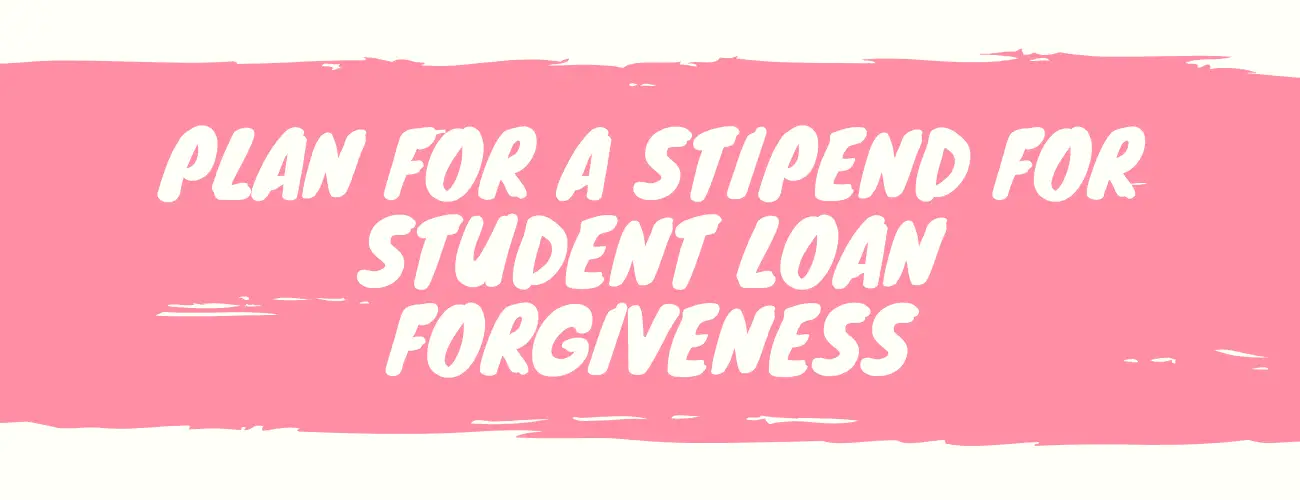
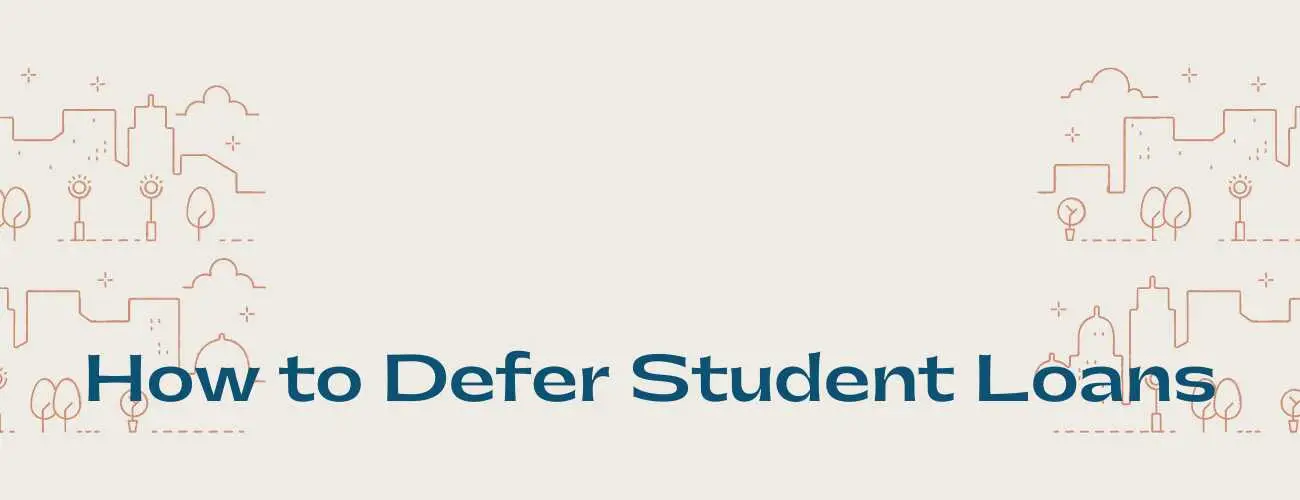
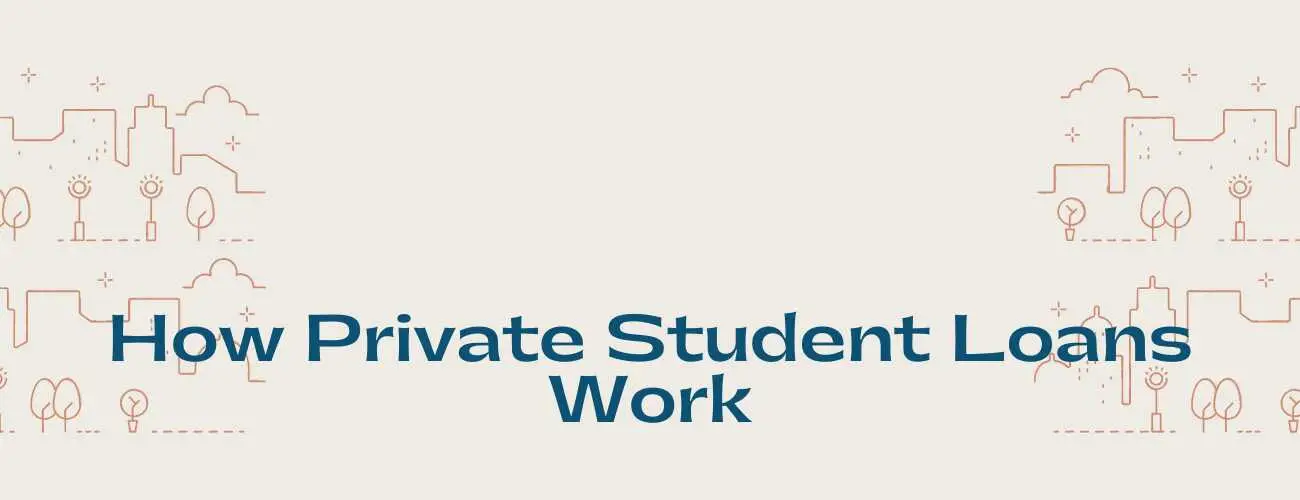
93.jpg)
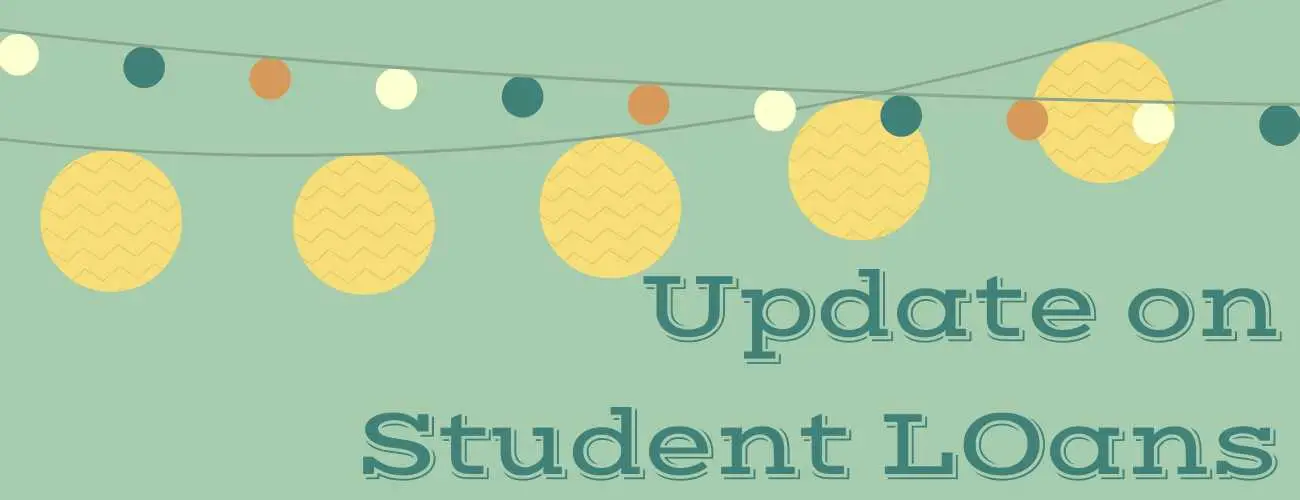

28.jpg)
